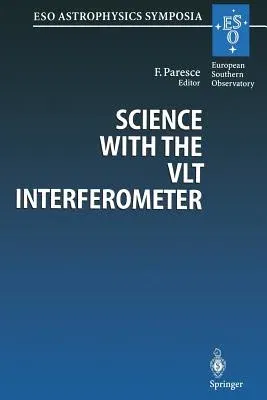Science with the Vlt Interferometer: Proceedings of the Eso Workshop Held at Garching, Germany, 18-21 June 1996 (Softcover Reprint of the Original 1stPaperback - Softcover Reprint of the Original 1st 1997, 13 November 2013

Qty
1
Turbo
Ships in 2 - 3 days
In Stock
Free Delivery
Cash on Delivery
15 Days
Free Returns
Secure Checkout
Part of Series
Eso Astrophysics Symposia
Print Length
409 pages
Language
English
Publisher
Springer
Date Published
13 Nov 2013
ISBN-10
3662223996
ISBN-13
9783662223994
Description
Product Details
Book Edition:
Softcover Reprint of the Original 1st 1997
Book Format:
Paperback
Country of Origin:
NL
Date Published:
13 November 2013
Dimensions:
23.39 x
15.6 x
2.26 cm
ISBN-10:
3662223996
ISBN-13:
9783662223994
Language:
English
Location:
Berlin, Heidelberg
Pages:
409
Publisher:
Series:
Weight:
607.81 gm

